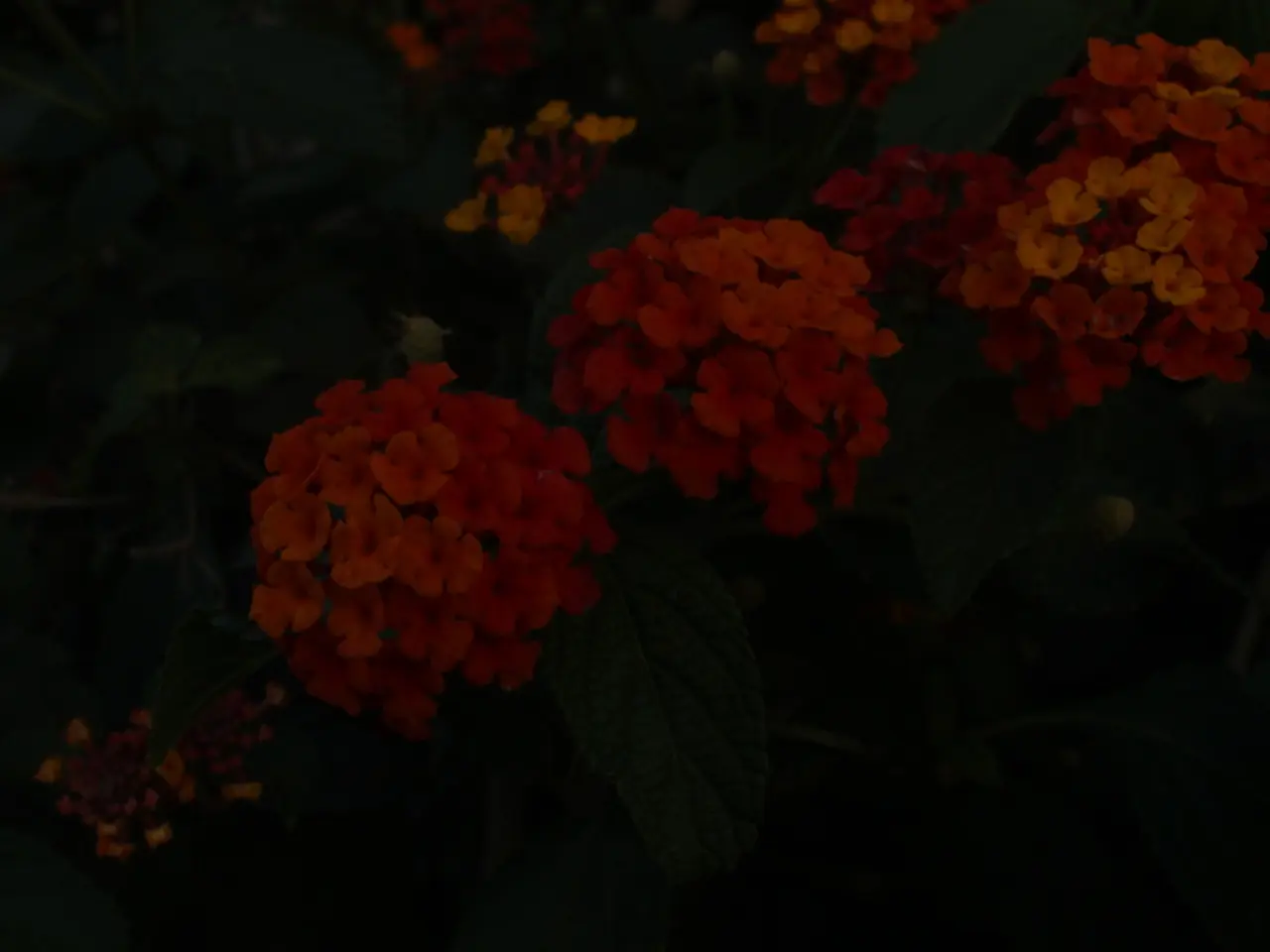Multiple Species in One Soil: Determining the Limit for Coexistence
In the world of gardening, understanding the intricacies of soil, space, and plant requirements is crucial for growing a thriving garden. Here's a look at how these factors influence the number of plants that can be grown together in the same soil.
Soil Type Matters
Different soils vary in texture, compaction, and nutrient content, impacting how many plants the soil can support. For instance, sandy soils, with their higher bulk density and less pore space, offer limited room for roots and water retention, thus limiting plant density. On the other hand, loamy soils, with lower bulk density and better structure, provide more pore space and nutrients, making them suitable for higher plant density.
Moreover, the nitrogen-to-phosphorus ratio in the soil plays a significant role in soil fertility and consequently plant growth potential.
Space Availability is Key
The physical space for roots and shoots is a limiting factor in how closely plants may be grown. Taller or larger plants need more space, while companion planting strategies can optimize space by pairing taller sun-loving plants with smaller shade-tolerant ones, increasing overall yield in limited soil volumes.
Plants that require wide root zones or extensive canopy coverage cannot be crowded without affecting growth.
Meeting Plant Requirements
Different species have varied nutrient needs, water demands, growth habits, and tolerance to competition. Heavy feeders require more nutrients and often cannot share soil adequately with other nutrient-demanding plants, while nitrogen-fixing or lighter feeders can be paired with such plants to balance soil fertility.
Avoiding planting incompatible species that compete intensely for the same resources or have allelopathic effects is critical for healthy growth. Mutualistic companion planting can enhance soil health, pest resistance, and nutrient sharing, allowing denser planting without negative effects.
Practical Tips for Maximizing Plant Density
- Assess soil compaction and test nutrient levels to determine the soil's capacity to support plant growth.
- Use companion planting principles to optimize space and resource use, pairing plants with complementary needs and promoting healthy growth.
- Be mindful of the specific nutrient needs, water demands, growth habits, and competition tolerance of each plant species before deciding on plant density.
By considering the soil type, space availability, and specific plant requirements, gardeners can create a balanced and thriving garden, maximizing the number of plants grown together in the same soil.
Incorporating indoor plants into a lifestyle can be beneficial for mental well-being and air quality, but understanding their specific care needs is essential for their thriving growth. Appropriate soil, water, sunlight, and nutrient levels are crucial factors in indoor plant care, mirroring the requirements for outdoor plants.
In today's fast-paced world, a green thumb doesn't have to stop at gardening. Resourceful individuals can indulge in hobbies such as fashion-and-beauty, food-and-drink, education-and-self-development, all while keeping their indoor plant collection healthy and flourishing.
One might even find inspiration for designing a home-and-garden oasis by integrating these plants into living spaces, fostering a harmonious blend of indoor greenery and modern fashion.




